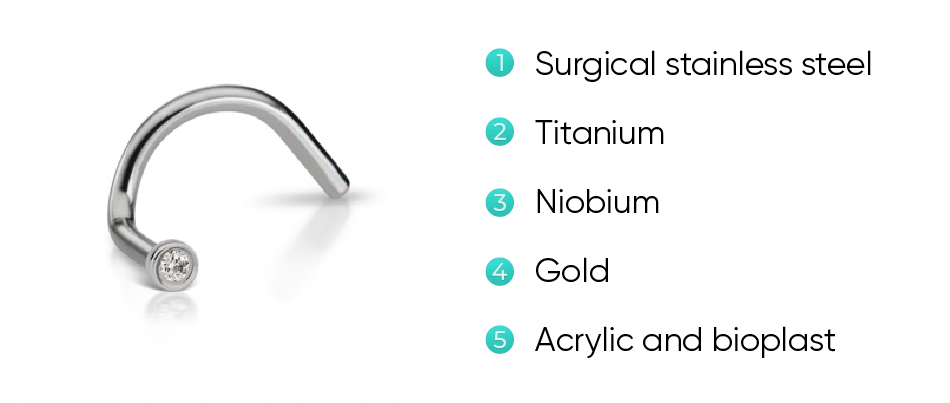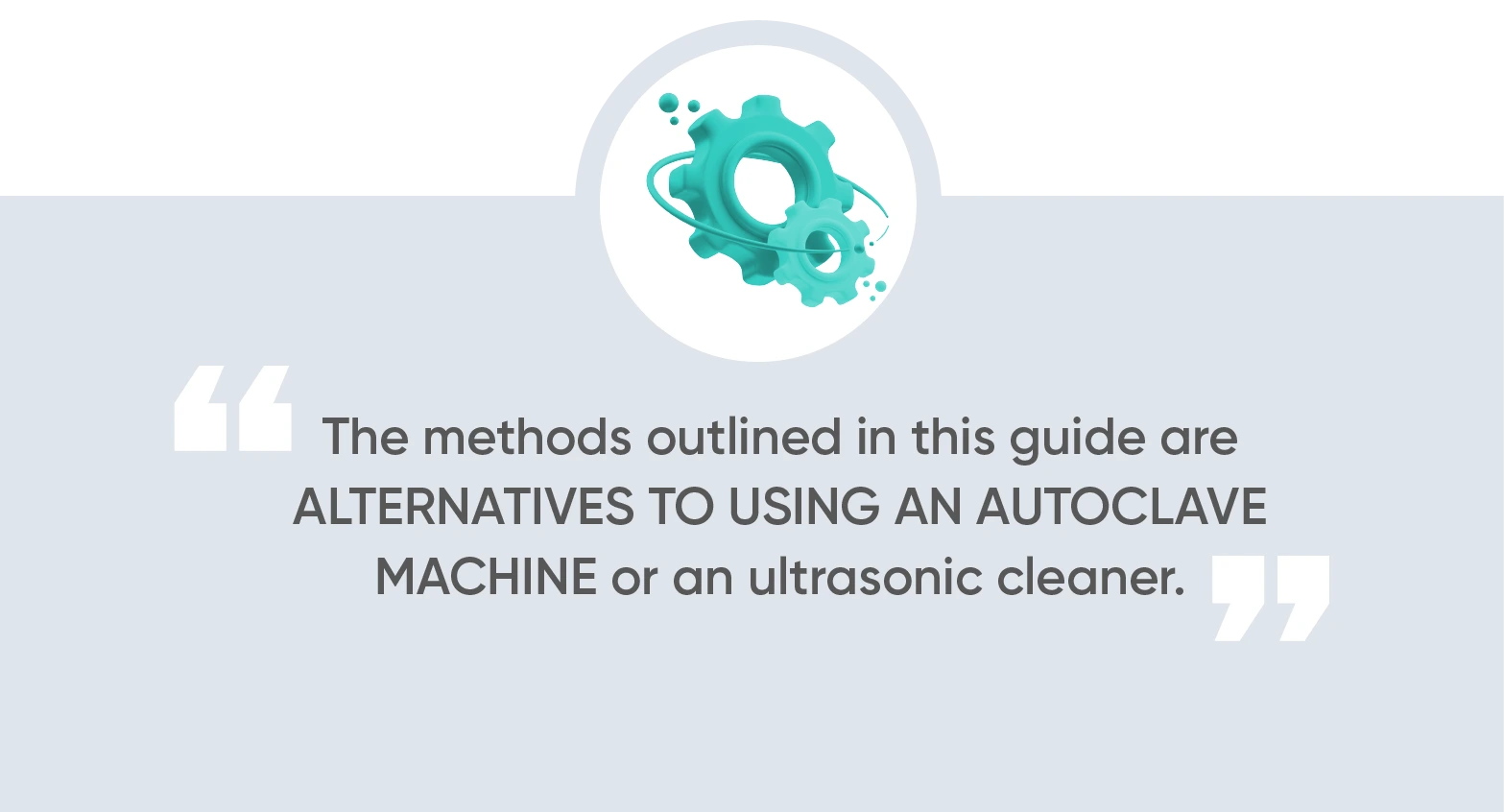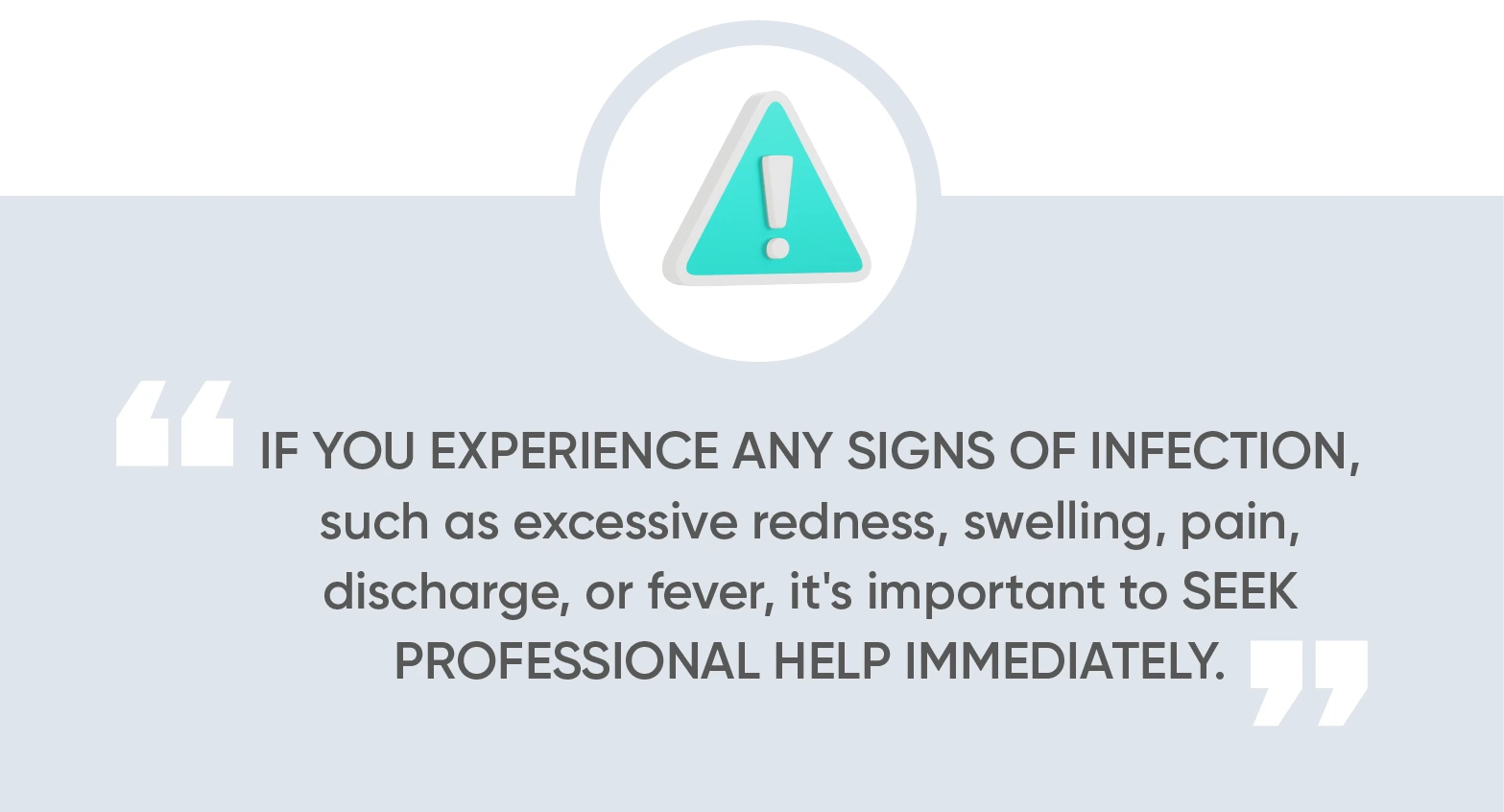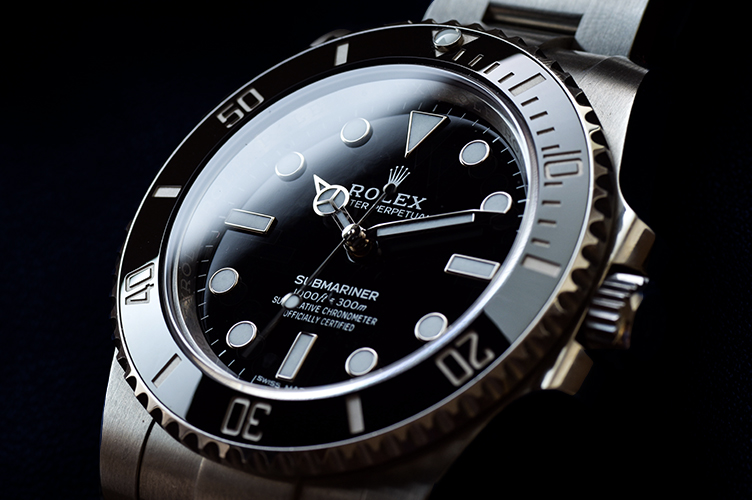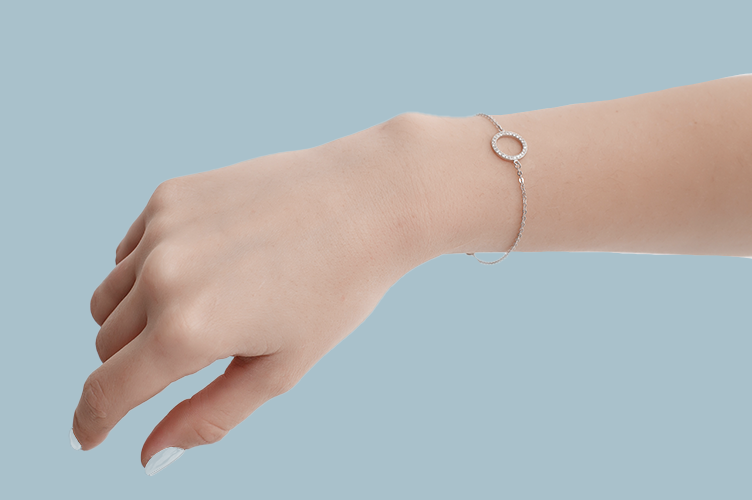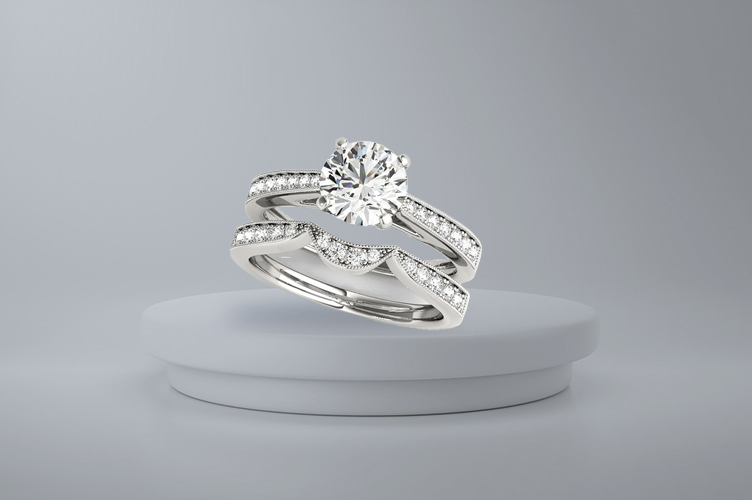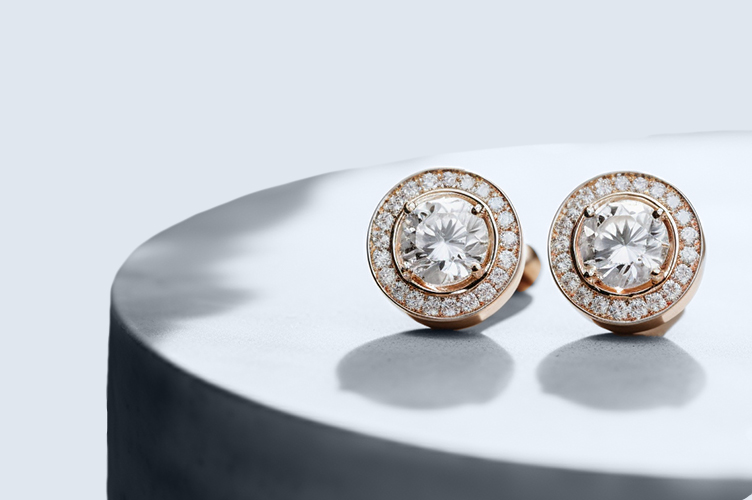Piercings have long been a popular form of self-expression, allowing individuals to showcase their unique style and personality. Whether it’s a belly button ring, nose stud, or traditional earrings, piercing jewelry adds a touch of flair to any look. However, to ensure both style and safety, it’s important to keep your piercing clean and well-maintained.
Clean body jewelry enhances your appearance and plays a vital role in promoting good hygiene and preventing potential infections. Unclean jewelry can harbor bacteria, dirt, and other contaminants, increasing the risk of irritation, allergies, and even severe infections.
In this article, we’ll look at how to clean piercing jewelry, piercing maintenance, and cleaning different jewelry materials.
What You Will Learn
*We are jewelry experts and enthusiasts that love to share our favorite brands, tips, and tricks with you. If you choose to make a purchase through one of the links, we may earn a commission at no additional cost to you.
Understanding Different Piercing Jewelry Materials
When it comes to piercing jewelry, various materials create a wide range of styles and designs. Understanding the differences between these materials is essential, as each requires a specific cleaning process.
Here are some common materials used in piercing jewelry:
- Surgical stainless steel: Known for its durability and resistance to corrosion, surgical stainless steel is a popular choice for body jewelry. It’s hypoallergenic and widely available, making it suitable for most individuals.
- Titanium: Highly favored for its lightweight nature and biocompatibility, titanium is an excellent option for people with metal sensitivities. It’s also known for its strength and durability, making it a preferred choice for body piercings.
- Niobium: Similar to titanium, niobium is hypoallergenic and lightweight. It’s often used for sensitive piercings and is available in various vibrant colors through anodization.
- Gold: Gold jewelry adds a touch of luxury to piercings. Gold jewelry is available in different karats, with 14K and 18K being the most common for piercings. Note that higher-karat gold may be softer and more prone to scratches.
- Acrylic and bioplast: These materials are common for temporary or healing multiple piercings. Acrylic is lightweight and available in a wide range of colors and styles. Bioplast is a flexible and biocompatible material that reduces the risk of irritation.Suggested Read: Strongest Metal for Rings | BriteCo Jewelry Insurance
Want To Show Your Style With Piercing Jewelry? Check Out These Earrings:

Add some color with fancy blue studs and sterling silver
Find them today at Grown Brilliance

Be your own designer and find your own style
Get started at CustomMade

Hard to say no to a matching sterling silver set
Buy these trendy emerald cuts at Grown Brilliance

Diamond drop earrings that really shine
Shop now at Jean Dousset
How To Clean Piercing Jewelry: Prep
Before diving into the cleaning process, it’s essential to take proper preparation and safety measures to ensure an effective and hygienic cleaning routine.
Here are some key steps to follow:
- Wash hands thoroughly: Begin by washing your hands with soap and water for at least 20 seconds. This helps remove any dirt, bacteria, or contaminants from your hands that could transfer to the jewelry during cleaning.
- Create a clean workspace: Set up a clean and organized workspace where you can comfortably clean your piercing jewelry. Ensure the area is free from dust, dirt, and other potential sources of contamination.
- Remove jewelry from the piercing site: If your jewelry is removable, take it out before cleaning. This allows for a more thorough cleaning process and prevents any cleaning agents from getting trapped in the piercing.
How To Sterilize Piercing Jewelry
Different types of piercing jewelry require specific cleaning methods to ensure sterilization and preservation. Here are the recommended cleaning techniques for some of the most popular piercing jewelry materials:
- Surgical stainless steel, titanium, and niobium: A gentle cleaning with antibacterial soap and warm water is usually sufficient for jewelry made from these materials. Use a clean, soft cloth or a soft brush to remove any dirt or residue. Rinse the jewelry thoroughly and pat it dry with a paper towel.
- Gold jewelry: You can sterilize jewelry similarly to how you would stainless steel or titanium. However, to maintain the gold’s luster, avoid using abrasive materials that could scratch the gold’s surface. Instead, opt for a soft jewelry cleaning cloth or a mixture of mild antibacterial soap and hot water.
- Acrylic and bioplast jewelry: If you want to sterilize body jewelry made from acrylic or bioplast, you must take extra care to prevent damage. Avoid harsh chemicals or alcohol-based solutions, as they can cause discoloration or deterioration. Clean these types of jewelry by gently wiping them with a soft, damp cloth.
The methods outlined in this guide are alternatives to using an autoclave machine or an ultrasonic cleaner. Both these tools are used in professional settings, but, in your case, there’s no need to run to the store and purchase one of these gadgets, as there are plenty of other ways to clean your body piercings.
General Cleaning Solutions and Techniques
While mild soap and warm water are suitable for most piercing jewelry, you can use other cleaning solutions and techniques, too.
- Using mild soap and warm water: Prepare a mixture of mild, fragrance-free antibacterial soap and warm water in a spray bottle. Gently scrub the jewelry with a soft cloth or a soft toothbrush. Rinse thoroughly under warm water to remove any soap residue and air dry.
- Soaking in a saline solution: Dissolve non-iodized sea salt or a saline solution specifically made for body piercings in boiling water. Submerge the jewelry in the solution for a few minutes, allowing it to soak. Rinse the jewelry with clean water and pat dry with a paper towel.
- Using alcohol or hydrogen peroxide: While generally not recommended for all jewelry types, alcohol or hydrogen peroxide can be used to sterilize non-porous jewelry. Apply a small amount of either liquid to a cotton ball or Q-tip, and gently clean the jewelry. Rinse thoroughly with water and air dry.
Keeping Piercings Clean and Preventing Infections
To ensure the cleanliness of your piercing jewelry and prevent infections, establish a regular cleaning routine. Consistency is key to maintaining good hygiene. Don’t forget to also clean new jewelry before wearing it for the first time.
Here are a few other things to remember, to protect yourself from irritation and infections.
- Avoid Harsh Chemicals
When cleaning jewelry, avoid using harsh chemicals or abrasive cleaning methods. These can damage the jewelry’s surface or irritate your skin. Stick to mild, antibacterial soap, a saline solution, or specialized jewelry cleaning solutions recommended by professionals.
- Proper Storage of Piercing Jewelry
Proper storage is essential to prevent contamination and damage. When not in use, keep your body jewelry in a clean and dry container or jewelry box.
- When to Seek Professional Help or Advice
If you experience any signs of infection, such as excessive redness, swelling, pain, discharge, or fever, it’s important to seek professional help immediately. A licensed piercer or healthcare provider can assess your situation, provide appropriate treatment, and offer guidance on caring for your piercing jewelry.
Protect Your Investment
Cleaning your piercing jewelry is essential for both aesthetic purposes and maintaining good hygiene. By understanding different jewelry materials, and following general cleaning guidelines, you can ensure the safety and longevity of your body piercings.
However, you need to protect your piercing jewelry in one more way — with insurance. At BriteCo, we provide comprehensive and affordable jewelry insurance. Our policies include protection against loss, theft, and damage, anywhere in the world, so you can rest assured that your favorite jewelry pieces are protected and in good hands.
Use our online tool to get a quote today.
FAQ
How to sterilize jewelry without using surgical equipment
To sterilize jewelry without surgical equipment, immerse the jewelry in hot water for at least 10 minutes, or wipe the jewelry with rubbing alcohol to help disinfect it. Make sure the jewelry material can withstand heat or alcohol before using these methods.
How to clean body jewelry with an ultrasonic cleaner
To clean body jewelry with an ultrasonic cleaner, first, remove any removable parts and place the jewelry in the cleaner’s basket. Fill the cleaner with a suitable cleaning solution, such as mild soap and water. Run the ultrasonic cleaner for the recommended time, typically a few minutes, to remove dirt and debris from the jewelry.
How to clean septum jewelry with an autoclave machine
Septum jewelry should not be cleaned with an autoclave machine. Autoclaves are primarily used for sterilization, and septum jewelry is not typically suitable for autoclaving due to its use of plastic or silicone.
Also Check:
How to Get a Ring Off a Swollen Knuckle: Save Your Hand and Your Jewelry
How to Clean/Care for Costume Jewelry?
How to Clean Platinum Jewelry | BriteCo Jewelry Insurance
How to Clean Copper Jewelry? | BriteCo Jewelry Insurance
How to Clean Stainless Steel Jewelry? | BriteCo Jewelry Insurance



